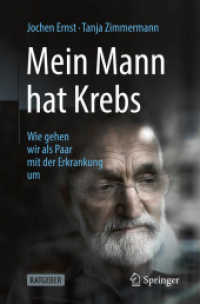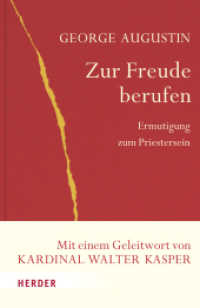Full Description
The 3-volume set LNAI 12712-12714 constitutes the proceedings of the 25th Pacific-Asia Conference on Advances in Knowledge Discovery and Data Mining, PAKDD 2021, which was held during May 11-14, 2021.The 157 papers included in the proceedings were carefully reviewed and selected from a total of 628 submissions.








